How Computer Vision with AI Improves Business Efficiency
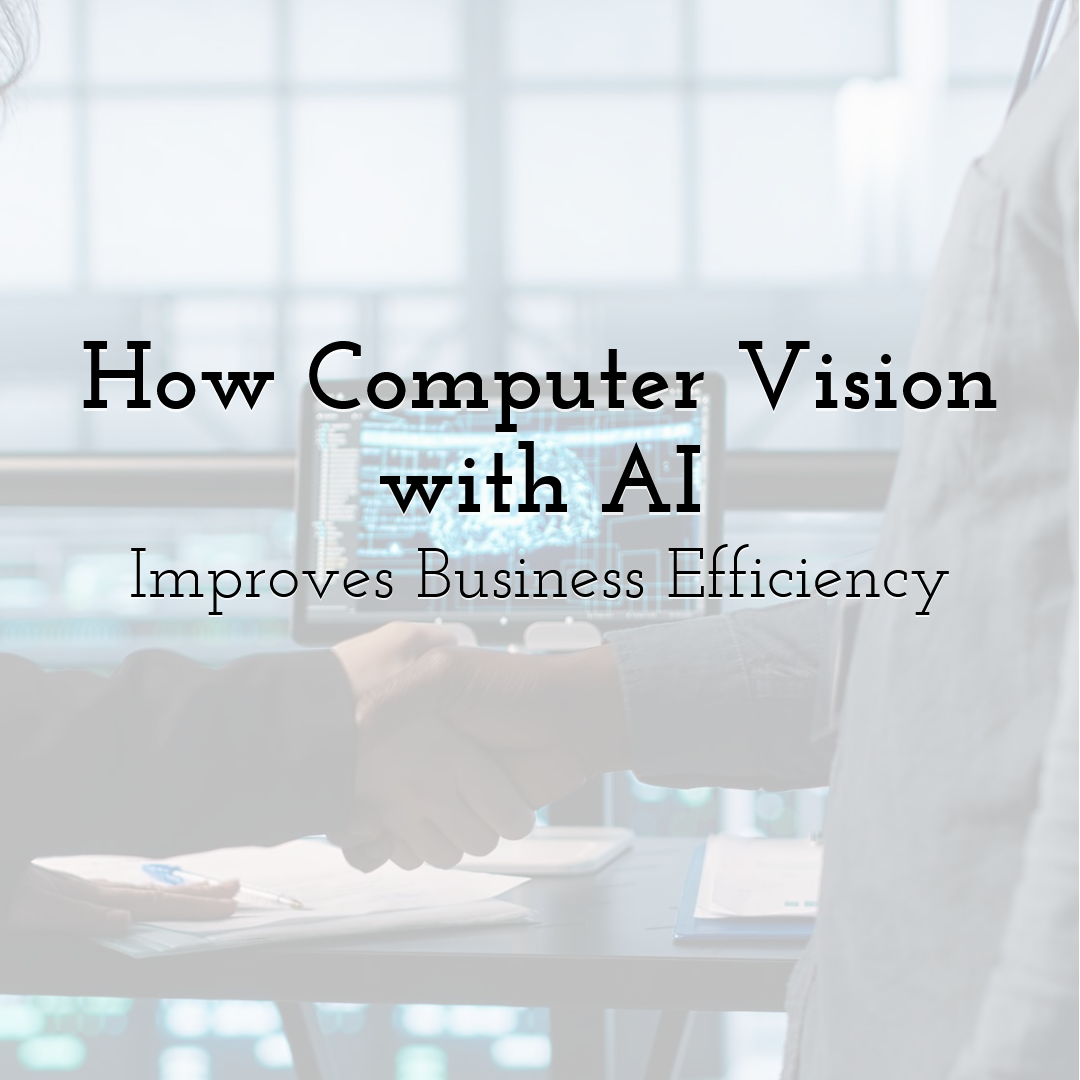
Artificial intelligence is no longer a futuristic experiment; it is an essential driver of value in today’s digital economy. One of its most transformative applications is computer vision with AI, which gives machines the ability to analyze, interpret, and understand visual information with speed and precision far beyond human capability. Instead of relying only on text, numbers, or manual inspection, businesses now tap into images and video streams to generate insights that directly support efficiency, safety, and innovation.
What makes this shift so powerful is not just the technology itself but its integration into business strategy. Organizations that once struggled with slow, error-prone processes now use computer vision to automate monitoring, reduce defects, detect hazards, and even improve customer interactions. However, success requires more than off-the-shelf tools. Implementation, scalability, and alignment with business goals are critical. This is where a trusted computer vision development company adds real value. With specialized expertise, companies can ensure that their computer vision initiatives are well-designed, future-ready, and capable of turning raw data into measurable outcomes.
Automating Routine Processes
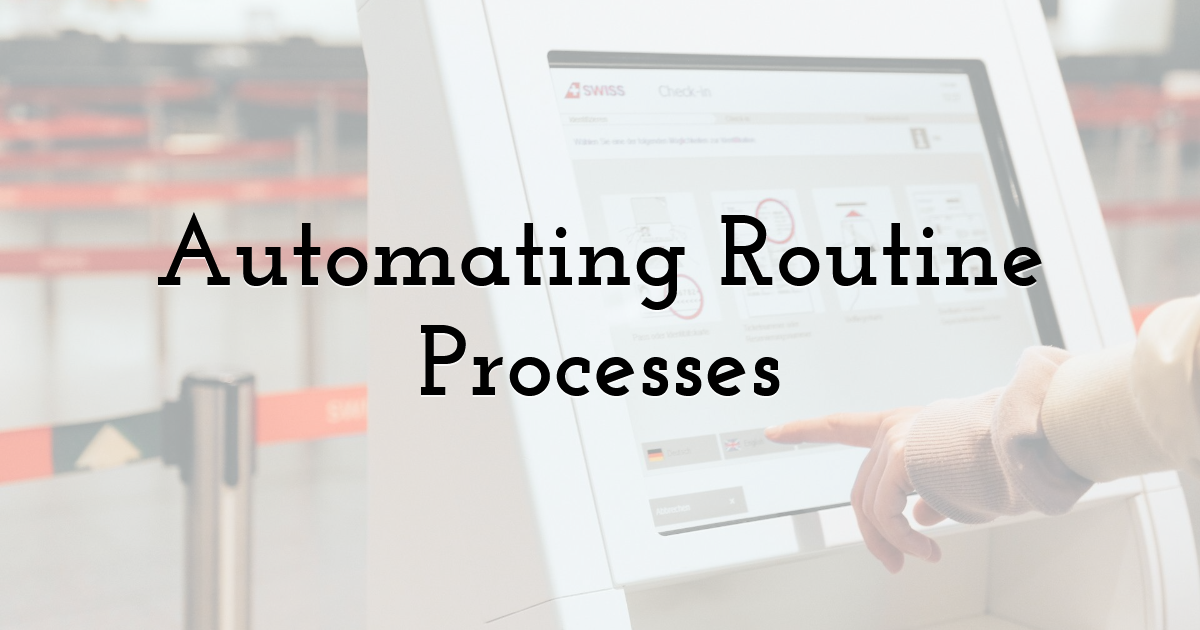
Manual oversight has long been a bottleneck in business operations. Employees spend countless hours on repetitive visual tasks such as verifying deliveries, checking product labels, or monitoring production lines. These tasks, while important, drain resources and introduce human error. Computer vision with AI offers an alternative — one that is faster, more reliable, and infinitely scalable.
Reducing Manual Workloads
AI-driven vision systems can replace repetitive human monitoring with continuous, automated analysis. Cameras equipped with algorithms analyze data in real time, identifying whether items are sorted correctly, products are labeled accurately, or workflows are running as expected. Unlike humans, these systems do not fatigue, lose focus, or vary in performance. This leads to greater consistency and reliability across the business.
Consider logistics hubs processing thousands of parcels per hour. Instead of relying on manual barcode scanning and sorting, AI-powered vision systems read labels, classify packages, and direct them along the right paths instantly. In agriculture, drones equipped with computer vision monitor crops and livestock, identifying signs of disease or stress long before they are visible to the human eye. The result is not only saved time but also higher precision in critical tasks.
Scaling Efficiency with AI
Beyond reducing errors, automation also enhances scalability. As business volumes grow, computer vision systems adapt without requiring equivalent increases in workforce size. This enables companies to expand operations while controlling costs. For instance, a retailer with hundreds of stores can deploy smart shelf monitoring to ensure stock availability across all locations, without requiring additional staff to manually track inventory.
Examples of automation through computer vision include:
- • Package routing in logistics centers, accelerating delivery times.
- • Real-time traffic management, preventing congestion in transportation systems.
- • Automated toll collection that eliminates delays.
- • Monitoring assembly lines in factories to ensure products meet specifications.
This scalability transforms efficiency from being people-dependent to being system-driven, allowing organizations to grow without sacrificing quality or speed.
Enhancing Quality Control
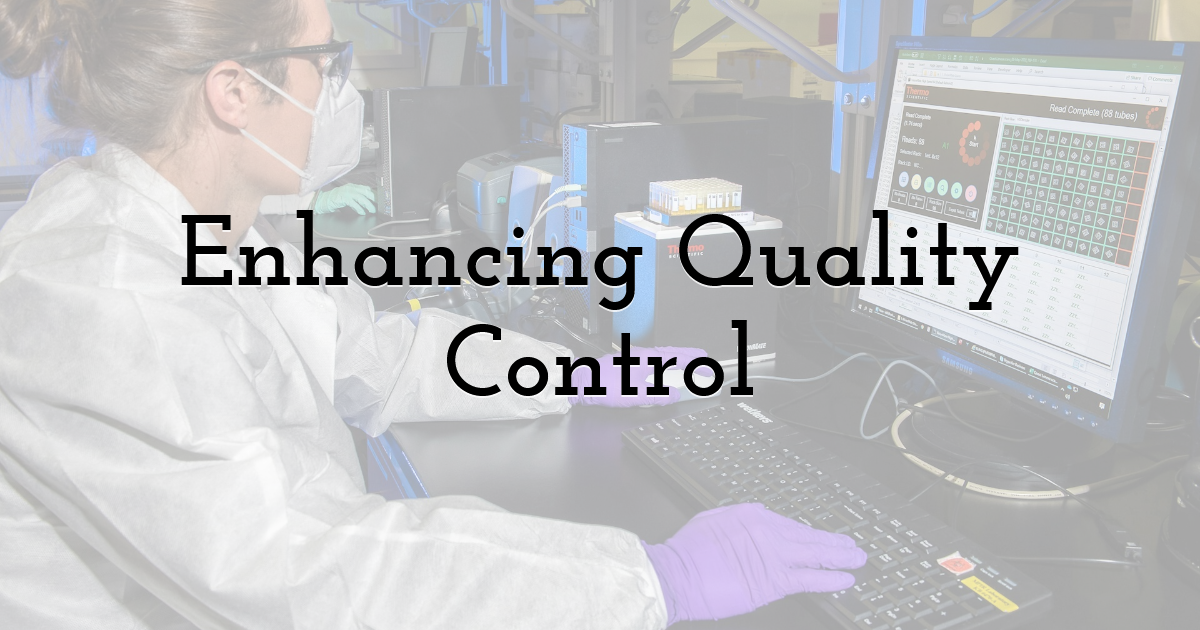
Quality has always been central to customer satisfaction, compliance, and brand reputation. Yet traditional quality control methods often depend on human inspection, which can be inconsistent and slow. Computer vision innovation is changing this reality by introducing precise, automated inspection systems that catch issues earlier and with greater accuracy.
Detecting Flaws with Precision
In manufacturing, cameras and vision algorithms analyze every unit on a production line, spotting defects like cracks, scratches, or alignment issues that human eyes might miss. These systems process thousands of items per minute, ensuring no defective product slips through. In healthcare, AI-assisted image analysis supports radiologists by detecting irregularities in scans, such as tumors or anomalies, with a level of accuracy that supplements human expertise.
This precision reduces waste and strengthens trust in product quality. Customers receive goods that consistently meet expectations, and healthcare patients benefit from faster, more accurate diagnoses.
Reducing Waste and Building Trust
The impact of AI-based quality control extends beyond defect detection. By identifying problems earlier in the process, businesses minimize costly recalls, save resources, and maintain stronger customer relationships. Predictive insights generated by vision systems also allow companies to anticipate equipment failures or process bottlenecks, enabling proactive maintenance rather than reactive fixes.
Benefits of AI-powered quality control include:
- • Faster inspections without sacrificing accuracy.
- • Consistent compliance with regulatory standards.
- • Predictive maintenance to reduce downtime.
- • Lower recall costs and stronger consumer confidence.
Together, these improvements translate into higher efficiency and resilience. Instead of reacting to quality issues after they occur, companies gain the ability to prevent them altogether, ensuring smooth operations and stronger brand reputations.
Improving Safety and Monitoring
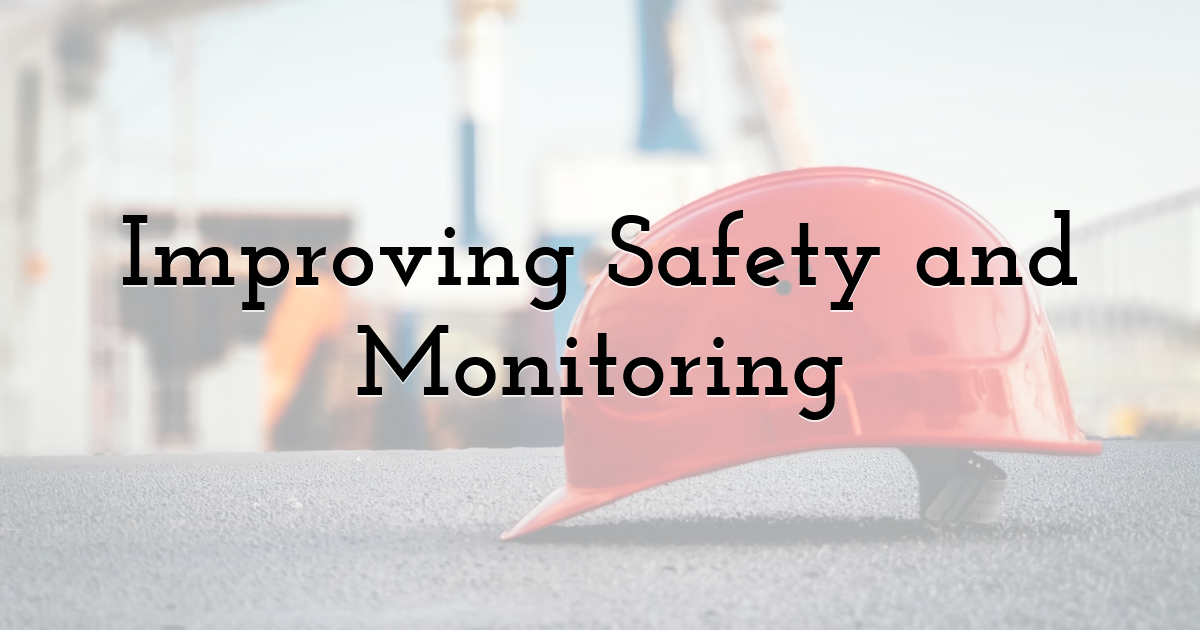
Workplace safety is one of the most critical areas where computer vision with AI delivers a tangible impact. In industries such as energy, construction, logistics, and mining, hazards are part of daily operations. Human supervisors, however dedicated, cannot monitor every angle of a site in real time. AI-powered vision fills this gap by providing continuous, automated oversight.
Cameras connected to intelligent models detect unsafe behaviors — for example, workers not wearing helmets or entering restricted areas. They also monitor equipment for signs of overheating, leaks, or malfunctions that could escalate into serious accidents. Alerts are generated instantly, giving managers the opportunity to intervene before harm occurs.
How computer vision improves workplace safety:
- • Compliance monitoring: Ensuring workers follow safety protocols consistently.
- • Hazard detection: Spotting risks such as smoke, spills, or falling objects.
- • Access control: Preventing unauthorized entry into restricted zones.
- • Cost savings: Reducing expenses related to accidents, downtime, and insurance claims.
By making monitoring proactive rather than reactive, companies not only protect employees but also improve operational continuity. Safer workplaces mean fewer disruptions, higher employee confidence, and stronger reputations for responsibility.
Elevating Customer Experiences
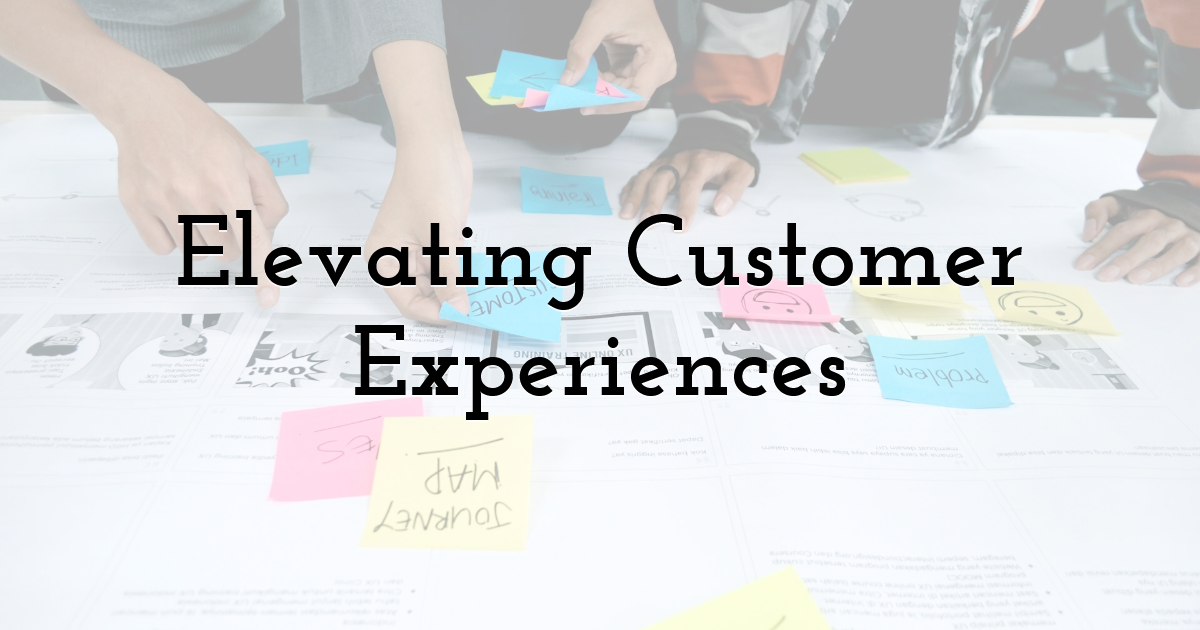
Business efficiency is not limited to internal processes — it also shapes how customers interact with companies. By embedding computer vision with AI into services, organizations can deliver more seamless, personalized, and secure experiences.
In retail, smart checkout systems powered by vision eliminate queues, while AI recommendations personalize shopping journeys based on visual recognition. Banks enhance security by using facial recognition for authentication, reducing fraud while accelerating customer onboarding. Healthcare providers adopt telemedicine platforms that use computer vision to monitor patient conditions remotely, providing timely insights to doctors and improving accessibility to care.
Customer-facing applications of computer vision include:
- • Personalized shopping experiences in retail through visual analytics.
- • Faster, safer banking interactions with biometric verification.
- • Improved patient monitoring in healthcare through remote vision tools.
- • Enhanced passenger flow management in airports and public transport hubs.
By enhancing customer experiences, companies increase loyalty, reduce friction, and differentiate themselves in crowded markets. Computer vision transforms customer service from reactive support into proactive engagement, aligning with modern expectations of convenience and personalization.
Driving Innovation Through Startups and Ecosystems
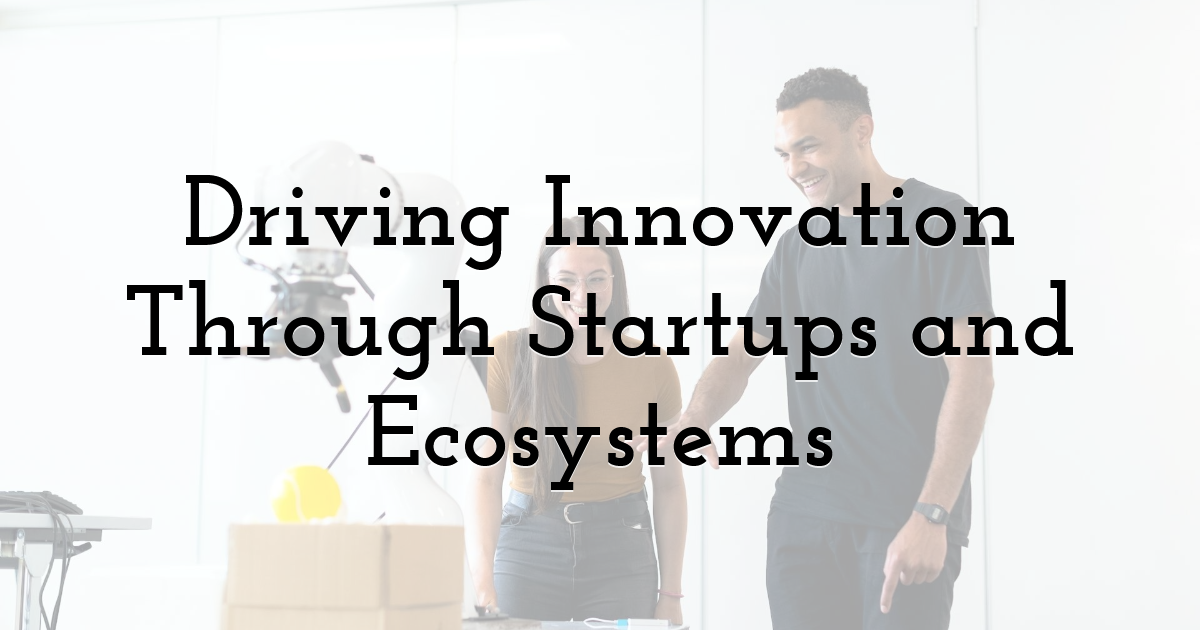
The pace of computer vision innovation is accelerated by a vibrant ecosystem of computer vision AI startups. These startups experiment with bold ideas that established players may be slower to adopt. Their contributions range from drone-based agricultural monitoring to sustainability solutions that track environmental changes using AI-powered vision.
This constant experimentation creates a cycle of innovation where startups pioneer new approaches, and enterprises scale proven solutions. Collaboration between the two groups ensures that industries remain adaptable and resilient in the face of change.
For larger companies, engaging with startups provides access to cutting-edge methods and accelerates digital transformation. For startups, partnerships provide the resources and market access needed to scale. Together, they push industries toward more dynamic, data-driven, and future-ready practices.
Final Thoughts: Efficiency and Innovation Through Computer Vision
The adoption of computer vision with AI represents more than a technological upgrade — it is a strategic shift that drives business efficiency and long-term innovation. By automating routine processes, improving quality control, enhancing workplace safety, and elevating customer experiences, organizations achieve measurable gains across every area of their operations. The contributions of computer vision AI startups ensure that the field continues to evolve, offering new opportunities and solutions.
To fully unlock this potential, partnering with an experienced computer vision development company is essential. Such collaboration ensures projects are aligned with business goals, technically robust, and scalable for the future. In a digital-first economy, computer vision is not just a tool for efficiency — it is the foundation of resilience, competitiveness, and sustainable growth.
Until next time, Be creative! - Pix'sTory
Recommended posts
-

How Computer Vision with AI Improves Business Efficiency
Read More › -

4 Strategies to Maximize Your AI-Powered Search Market Share
Read More › -
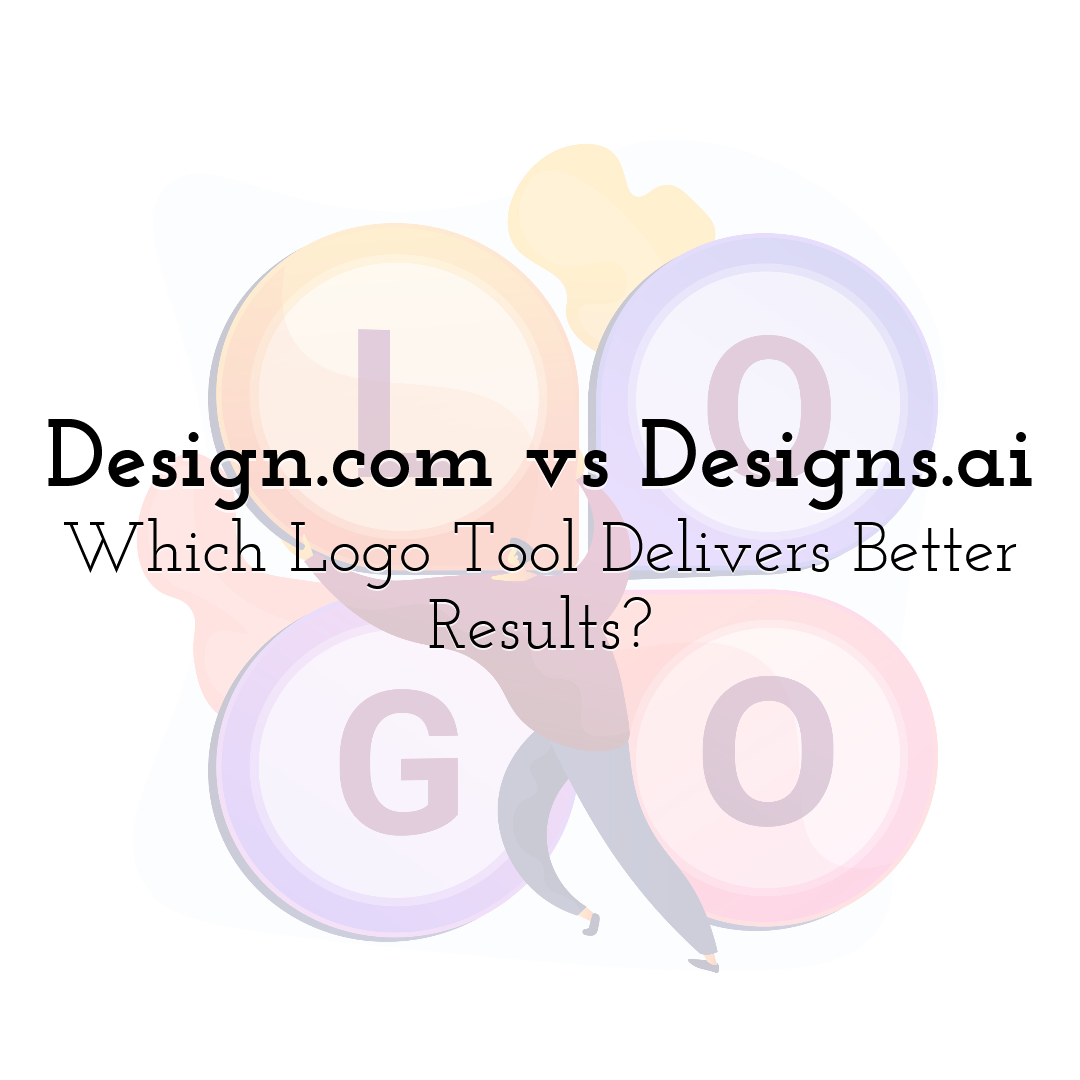
Design.com vs Designs.ai: Which Logo Tool Delivers Better Results?
Read More › -
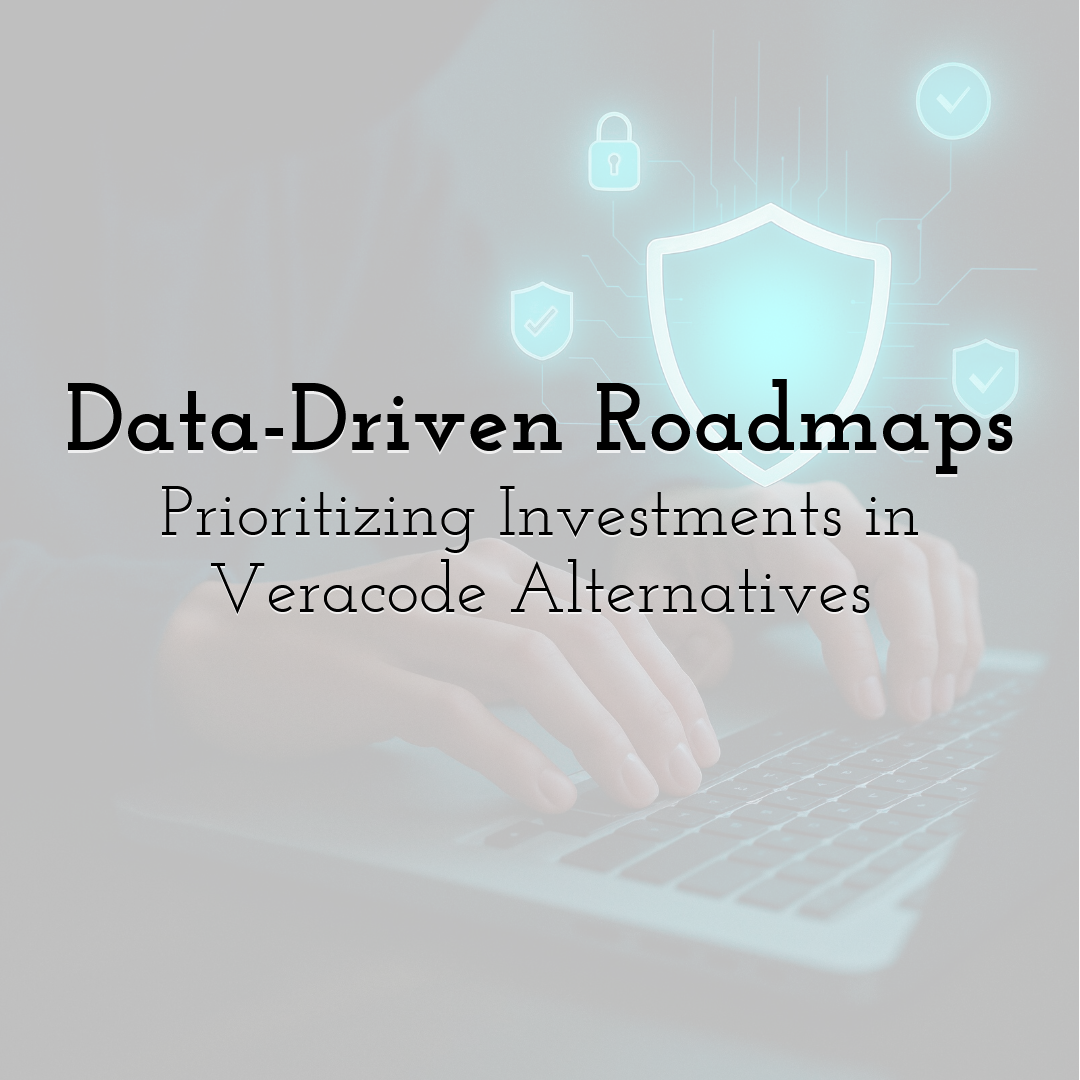
Data-Driven Roadmaps: Prioritizing Investments in Veracode Alternatives
Read More › -
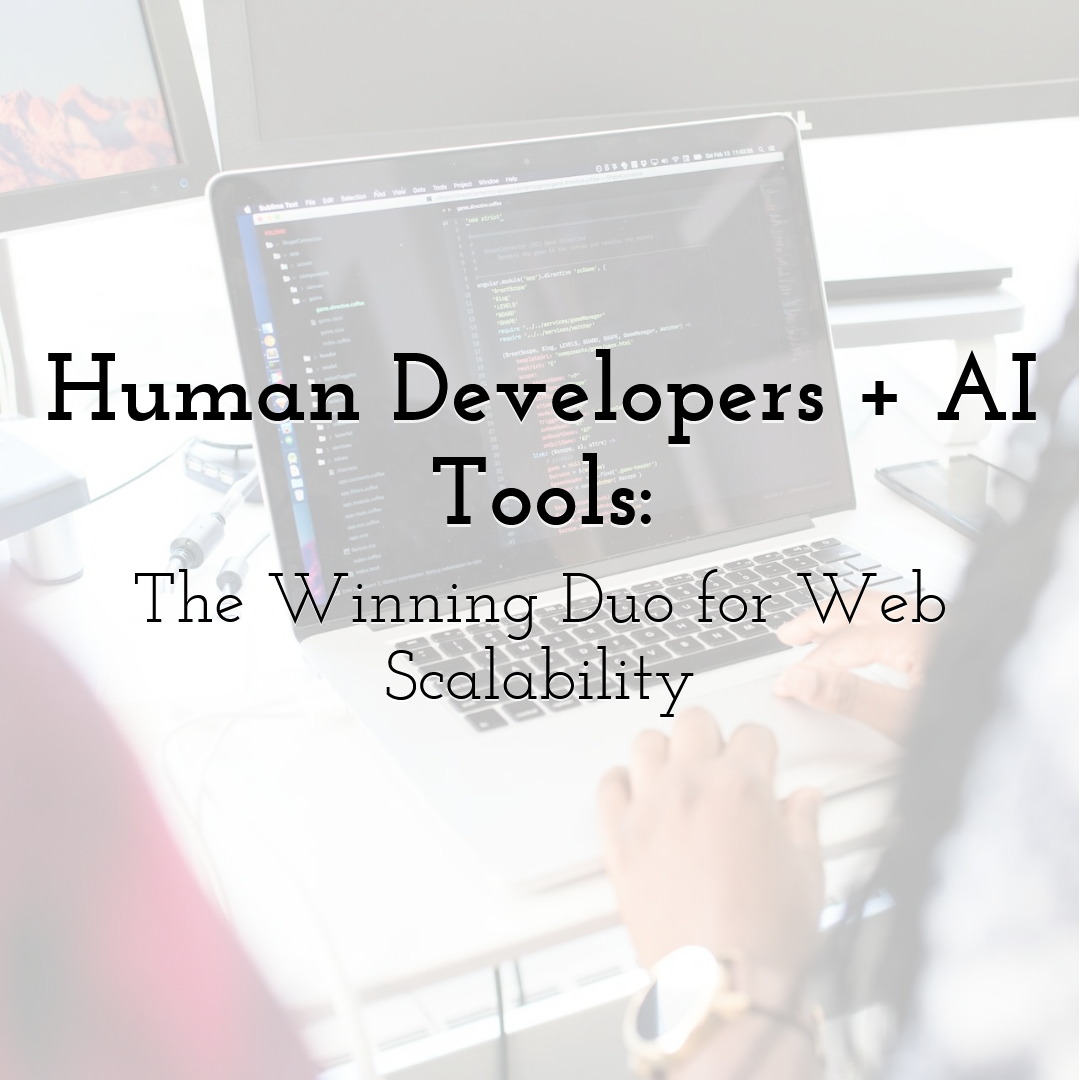
Human Developers + AI Tools: The Winning Duo for Web Scalability
Read More › -

Top 5 Ways Light-Enhanced Advertising Visuals Improve Brand Visibility
Read More ›
